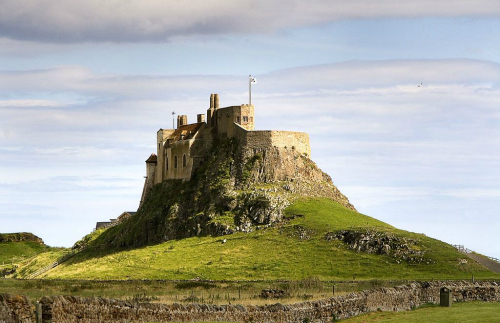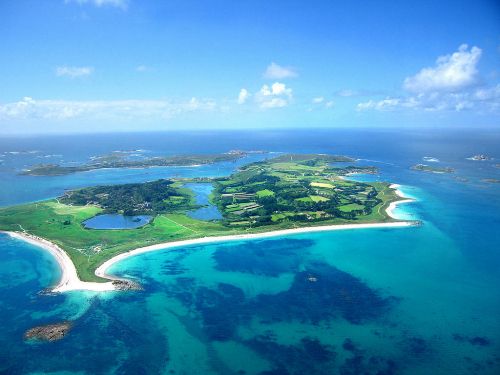The United Kingdom is complicated beast, a dysfunctional family of nations muddling through their differences and staying together through thick and thin.
This land of hope and glory is not just a hodge-podge of political and historical alliances seemingly created just to confuse tourists, but a glorious landscape of green and pleasant vistas. Floating proudly and defiantly off the coast of Europe, the UK bobs in the waters of the North Atlantic, separate from the continental mass.This neighbourly separation allows the island nation to form her own idiosyncratic character full of hypocrisies and mad little quirks. As bizarre as her people can be, Britannia’s domain is a rich and varied landscape. Ancient forests give way to heather-strewn glens and azure waters lap onto pristine white sands.
As a maritime nation it’s no surprise that the UK includes a number of islands, but it may surprise many to learn that there are over 1,000 of them dotted around the mainland.
Many have their own idiosyncrasies, like the Isle of Man, which sits in the Irish Sea running its own affairs under the protection of the United Kingdom. Even those islands that do form part of the kingdom have their own odd little tales to tell.
Also known as the Holy Island, this rocky outcrop has been a key part of British Christianity since it was first settled by monks in the 6th century. The priory became a focus for British religious life, with illuminated manuscripts from the island now kept as important historical artefacts in the British Library.
In 793 Vikings raided the island in the first of several waves of invasion that would change Britain forever. Eventually the religious orders re-established themselves, surviving until Henry VIII ordered their dissolution.
The island sits at the end of a sandy causeway, accessible by foot at low tide, but quickly cut off again as the waters flood back in. This made the island an important strategic location during the Wars of the Roses and for Jacobite rebels in the 18th Century.
Tourism to the island has been popular ever since Robert Burns wrote of a journey there. With the decline of the fishing industry, tourism now makes up most of Lindisfarne’s economy.
Visitors may be intrigued by a giant white pyramid made of bricks. This is not a relic of the island’s religious history, but a beacon for ships seeking to avoid dangerous submerged rocks.
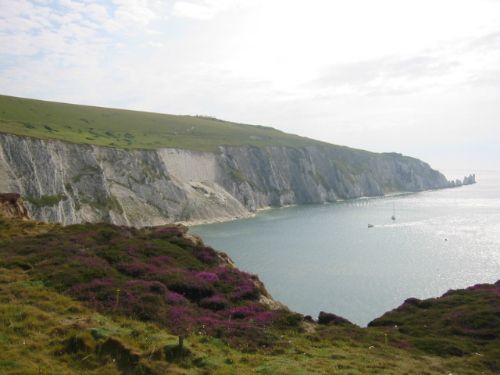
© Jaakko Sakari
As well as being England’s second-largest and most populous island, the Isle of Wight is also a county all of its own.
Sitting off the south coast, the Isle has had some famous residents, including Victor Hugo, Eugene Manet, Charles Dickens, Bear Grylls and Queen Victoria. Her Majesty, in particular, was amused by the island, building a much-loved summer home, Osborne House, where she died aged 81.
During her reign, the island became a fashionable holiday spot, with thousands of Victorians visiting the chic resorts around Cowes. Later visitors found the island to be more inspirational than relaxing: the world’s first radio station and the first hovercraft were both built there.
A well-kept state secret also holds that the island was used to test rockets that formed an embryonic space program in the 1950s.
Two decades later the Isle of Wight Festival would host one of the world’s largest gigs when 600,000 revellers turned up to see Jimi Hendrix play one of his last performances.
Every year the island is inundated with yachts and ships for the Cowes Week regatta. An essential part of the social calendar, the meet is a chance for 8,000 competitors to race and many more to mingle in the world’s oldest regular regatta.
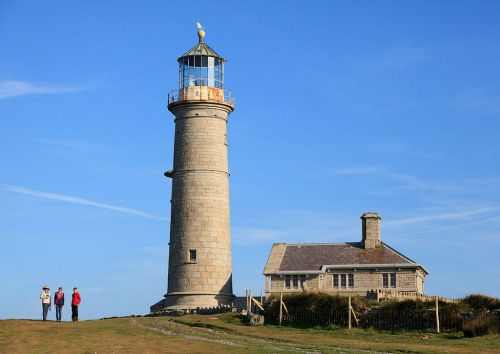
© MichaelMaggs
The largest island in the Bristol Channel, Lundy is home to just 28 people, many of whom are volunteers working to protect the island’s unique wildlife.
Named by Norse visitors after the puffins once widespread on the island, the bird population have been declining since the 20th century due to invasive species and overfishing by humans. Birdwatchers can still enjoy the island’s feathered inhabitants, which include razorbills and guillemots as well as rarer species of cuckoo.
Rare mammals can also be found on the island, with the unique Lundy pony roaming freely. Sika deer were introduced from Japan at some point and quickly made themselves at home.
Underwater life around the island is also remarkable, with an outstanding variety of coral thriving just under the waves, whilst grey seals lounge on the rocks nearby.
The island has 23 holiday homes for hire, which include the lighthouse and a castle. Intrepid visitors can elect to camp on the Lundy’s only camp site, although this does lie next to the only electricity generator on the island which hums away until 4.30am.
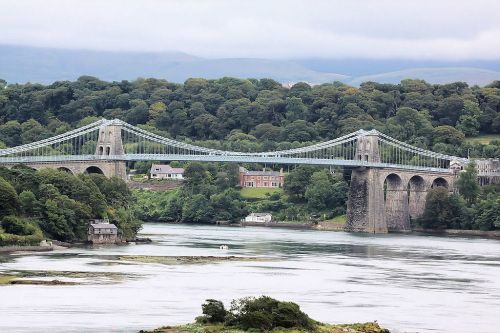
© Tim Felce
Wales’ biggest island, Anglesey is considered the breadbasket of the nation, and foodies make pilgrimages to its food and drink festivals.
Anglesey is also an action-packed holiday destination, with tourists packing onto its wide beaches to surf, sail and paddle, whilst the costal path offers great opportunities for walking and cycling. Truly adventurous visitors can see Anglesey in her entirety whilst running the 153 mile, 3 day ultra-marathon that circumnavigates the island.
Perhaps Anglesey’s most famous village isn’t home to any remarkable landmark or the site of an important event. Instead this settlement is known simply for its name, the longest place name in the world: Llanfairpwllgwyngyllgogerychwyrndrobwllllantysiliogogogoch.
This archipelago of islands off the Cornish coast have been inhabited since the Stone Age, with ancient Greek traders visiting one large island. In the year 500 a rise in sea level turned a single island into the string of 145 that now appear above the waves. During low tides it is still possible to walk between some of the islands.
The low-lying, green isles sit on crisp white sands above clear azure waters, making them seem like a tropical paradises just 45 km off the British mainland.
Each of the landmasses has its own character, with the largest, St Mary’s, a fairytale landscape of castles and ancient ruins. St Mary’s is also the only Scilly Isle to have an established road network.
At just 0.15 of a square mile, Samson has been abandoned since the 1850s, yet saw a temporary population explosion in 1965. Prime Minister Harold Wilson refused to cut short his summer holiday and ordered the press come to him when a crisis erupted, conducting a conference sat on the beach in shorts and sandals.
Nowadays the larger islands are facing an overcrowding problem as low wages, high prices and low numbers of private householders have driven rent costs to an unsustainable high for residents.
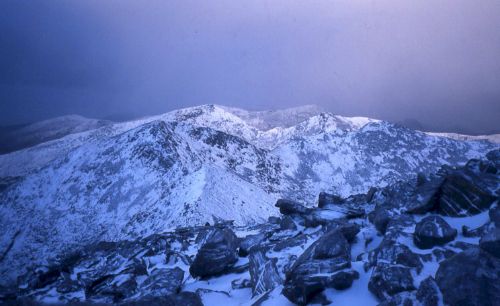
© Bigsteeve
Harris is part of a double act of islands. With the larger Lewis, the pair makes up the largest part of the Outer Hebrides. If you can imagine a romantic tale of Scottish heroes striding proudly through a rugged landscape, you already know what Harris looks like.
Dark mountains tower above the rolling floors of the glens below, these mighty peaks made of the oldest rocks on earth. The glens give way to lush grassland and they in turn transform into wide, soft beaches.
Harris’ landscape is so striking that Stanley Kubrick used the island as the backdrop for the surface of Jupiter in his sci-fi epic 2001: A Space Odyssey. But it’s not the silver screen that has made this island famous.
Harris lends its name to the hardy fabric hand woven by islanders in their homes. Harris Tweed is subject to strict quality requirements, using only pure wool, spun for extra strength and expertly woven into intricate patterns.
Ferry services connect Harris and Lewis with mainland Scotland, allowing visitors to bring cars onto the island. The single-track roads offer the easiest way to explore the incredible scenery, but require concentration as the narrow lanes can hide oncoming traffic as they wind through the landscape.
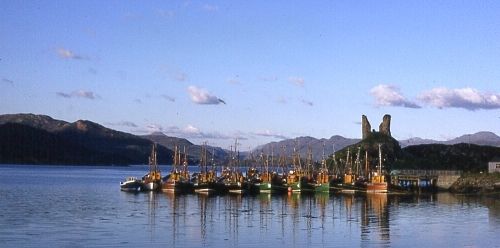
© Anne Burgess
Dominated by the Cullin mountains, Skye spreads out into rocky peninsulas that create calm bays and sheltered glens.
The Inner Hebrides’ adrenaline capital, no trip to Skye is complete without a day of walking in the mountains, a bike ride along the incredible lanes, diving in the underwater kelp forest or kayaking with seals.
There are untouched beaches on Skye that can only be reached with paddle power, and wild campsites that demand hiking boots and a scramble through the heather. Skye is an island of adventure.
After your day’s excitement, you can unwind with a well-earned drink at Skye’s world-famous Tallisker Distillery for a rich, smooth scotch. Tours of the Isle of Skye Brewing Company are also available, complete with samples of the bottle beers it produces.
Skye is easy to access by ferry and via a road bridge over the sea. The island has a reliable bus service so even without a private car, you can explore all that this beautiful island has to offer.
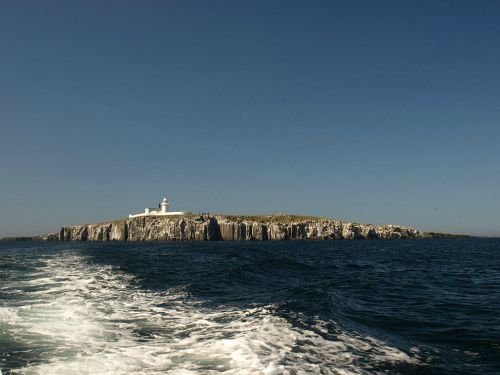
© Pontificalibus
The Farne Islands are a small and low-lying; so low-lying in fact that depending on the tide there are between 15 and 20 of them.
Today the Farnes have no permanent human residents after the lighthouses there were automated. Instead the islands are now home to thousands of rare birds and animals.
Puffins come to the islands to mate; digging burrows into the earth and waddling out to feed. Arctic terns build nests close to footpaths, attacking the ankles of those unlucky enough to wander too close.
Every year 6,000 grey seals colonise the beaches to raise hundreds of pups. Some of the islands have a massive population as rabbits, originally introduced for food, quickly multiplied to epidemic proportions.
Due to the rare species, many of the islands are out of bounds to visitors, but day trips can be arranged to Inner Farne, Staple Island and The Longstone.
It’s not just above the waves that the Farnes hold an attraction. The archipelago is the site of hundreds of recorded shipwrecks and holds some of the most exciting wreck dives in the UK.
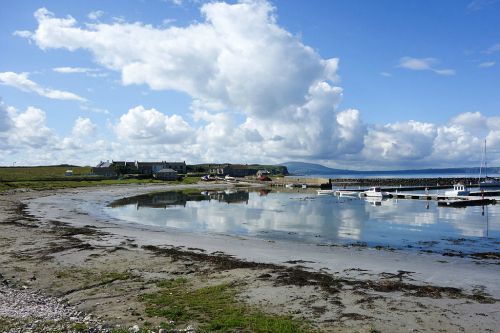
© Brian O'Neill
Rathlin is the only inhabited offshore island off the coast of Northern Ireland. The small but growing population sit atop the spectacular basalt cliffs which have been eroded away to a network of caves.
One of these caves is the rumoured home of a giant legendary spider, the sight of which inspired Robert the Bruce to return to Scotland and continue fighting the English.
Stone Age axe heads have been found on the island, but the first historical mention of Rathlin is the Roman Pliny naming the island Reginia.
Visitors to the island generally tour for a day, but there are beds for 30 to stay overnight and many tour the island on bikes.
It’s well worth taking the time to explore the island as much of it is deserted. You’ll be able to enjoy the majestic beauty of the island and the Atlantic coastline in total solitude.
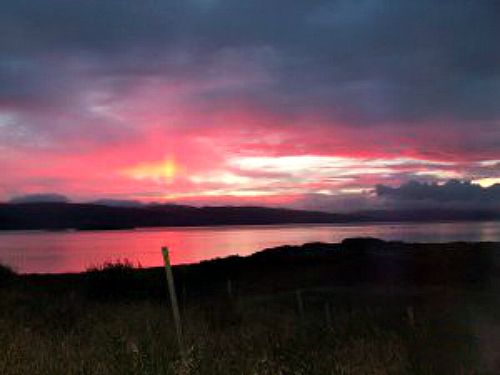
© Hazelpat
Mull is a wildlife haven. On the short ferry ride from the mainland, visitors have been able to spot dolphins, whales and basking sharks in the water while eagles circle overhead.
Red deer move freely across the island, occasionally bringing road traffic to a halt. Driving the road on the northern coast, it’s possible to spot the elusive Eurasian otter hunting for shellfish in the coves.
The perfect base for visiting historical Iona and unspoilt Ulva, Mull is popular with hikers trekking from one campsite to the next, as well as will mainlanders driving to holiday homes.
The seafood on the island is some of the best in the UK; in some cases the fish will go from net to pan to plate as you watch. A hidden gem of a restaurant at The Bellachroy Hotel has drawn visitors from London just for dinner.
Have you visited or lived on a UK island? Let us know in the comments!
Article by Andy Scofield

